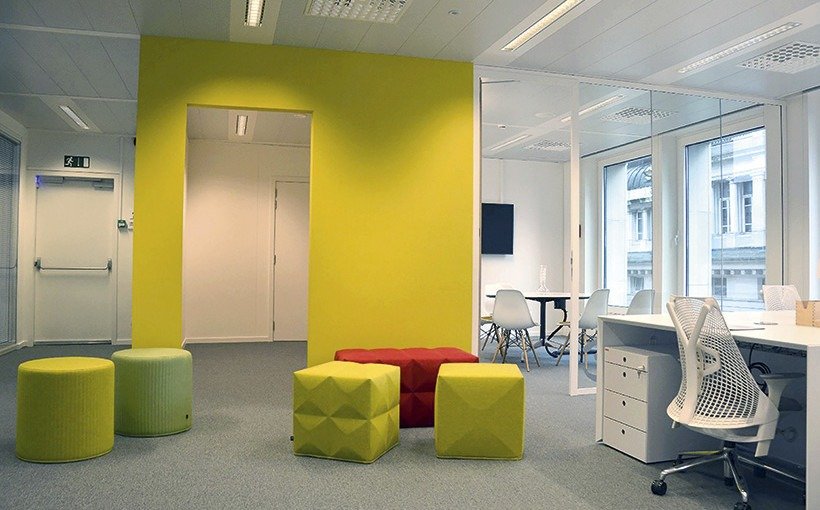Google, Microsoft, Siemens, Swift… there are numerous examples of companies who have completely rethought their work space. Beyond the fashion effect, space planning also meets a more fundamental concern: our work place must adapt to changes in our working habits.
Over the last few years, working habits have considerably changed, echoing the profound changes affecting our companies. The accessibility of the work place, the balance between private life and working life, the generalized computerisation of many tasks are some of workers’ biggest concerns. At the same time, new illnesses linked to new ways of working have appeared: burn-out (exhaustion due to overwork) and, at the other extreme, bore-out (an acute form of fed-up-with-it which really means profound boredom with the job).
The “NWOW ” concept is evoked to qualify these new ways of working , i.e. the responses employers have come up with to guarantee the their employees’ fulfilment and well-being: part-time work, teleworking, shared offices, etc. Another concern of employers is attached to these issues: the price of offices per square metre.
Rethinking the work space
“Offices must be conceived as a real management tool serving the company’s strategy”, explains Thomas Loward, Workplace Consultant and Partner at DPM Global. Trades are becoming increasingly specialised, which entails a growing need for collaborative spaces where each person has his/her colleagues on hand in order to draw on their skills for the different projects. Today it isn’t rare to find companies whose collaborative spaces amount to 30% of the total working floor area. ”
Space planning inputs involve the diversification of the proposed spaces, each fulfilling a very specific function: offices suitable for concentration, meeting places to stimulate conversations, corners devoted to relaxation and informal meetings, glazed spaces, closed spaces, etc. Thus, “the workplace draws increasingly on our living space, where each room has its own particular role”, adds Guillaume Decock, boss of Berhin, a company that has been selling real estate for over 90 years and that also provides space planning services to its business customers.
A question of culture
Central element of any space planning policy: corporate culture. Changing office layout isn’t enough to improve well-being at work… and therefore performance. An in-depth analysis of each person’s needs is also required: certain tasks require more concentration, others require brainstorming and debate. Similarly, some managers now leave their office doors open, while others prefer to maintain a certain distance from their employees.
Personalities must also be taken into account. “The open space is not a universal remedy, continues Guillaume Decock. A lot of people are still very attached to their little private space, with their kids’ photos next to the screen. These types are very reluctant to change. ”
“The main thing determining the success of a change-of-work-space-layout project is middle management’s ability to assume this culture of change, adds Thomas Loward. Indeed the work space reflects the corporate culture. For example, if the managers reserve peripheral offices and take all the natural light, leaving those lower in the hierarchy only artificial light, that’s a choice that says a lot about their leadership style. ”
The diversification of work spaces, if it correctly reflects and is supported by an in-depth analysis of the corporate culture, may however have astonishing results. “A successful space planning project leads to a situation in which, despite the reduction of the space allocated to each worker, the latter ends up feeling freer and performs better”, Guillaume Decock concludes.
Fotos © RR
Tags: space planning



































